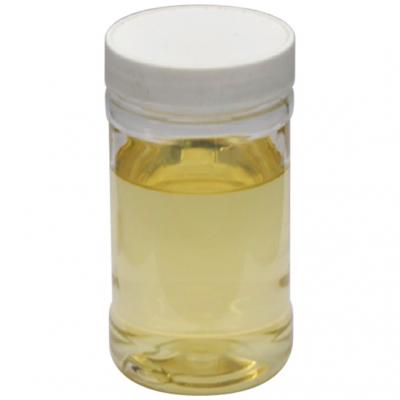Ⅰ. The role of softening agents
1. The softening agent can supplement the natural oils lost in the scouring, bleaching, and other processes of natural fibers, making the hand feel more ideal.
2. The softening agent is attached to natural fibers or synthetic fibers, which can improve smoothness and strength and make it feel better.
3. Some properties of the softening agent can improve the performance of the fabric.
In order to achieve the above functions, the softening agent is generally added with the smoothness and hand feeling of grease, which adheres to the surface of the fiber to reduce the frictional resistance between the fibers, making the fibers lubricated and soft. There are also some softening agents that can cross-link with some reactive groups on the fibers, making the fibers more washable.
Ⅱ. Requirements for softening agents
1. Under various soft processing conditions, the working fluid of the softening agent should be very stable.
2. Softening agents cannot reduce the whiteness and color fastness of fibers or fabrics.
3. The fibers or fabrics after soft treatment are not easy to discolor by heat, and there should be no changes in color, feel and smell during storage.
4. The stability of the emulsion softening agent is better.
5. According to different processing requirements, the softening agent should have appropriate water absorption or water repellency, antistatic properties, and other properties (should be selected according to the different requirements of the fabric). Also, it should be washable or dry-cleanable.
6. The softening agent should have no adverse effect on human skin.
Due to the wide variety of textiles, different fibers used, different fabric specifications, different fabric uses, and different finishing requirements, the same softening agent cannot be used. The softening agent that meets the requirements should be selected based on the softening mechanism and function of various softening agents.
In addition, the performance of each softening agent is always limited. To obtain the effect of multiple performances, two or more softening agents can be used together (or compounded into a new softening agent). product). For example, the compound application of silicone softening agent and long-chain aliphatic softening agent can achieve better effects of softness, plumpness, and smoothness, and the application of softening agent can also be combined with mechanical softening finishing. Ultimately, you can get great results.
HT has a large workshop, complete production equipment, strong research and development capabilities, testing laboratories, more than 30 reactors, and a complete sewage treatment system. All products meet environmental protection standards. HT has passed the third-party SGS international certification test.
The main products of HT are formaldehyde-free color-fixing agent, acid color-fixing agent, multi-scouring enzyme, chelating agent (CT powder), heat-sublimation fastness improver, wet rubbing fastness improver, soaping agent, icy silicone softening agent, ternary silicone softening agent, bright lubricant, softening agent, etc. If you have any needs, please feel free to consult us.



 English
English  日本語
日本語  Español
Español  tiếng việt
tiếng việt  Türkçe
Türkçe  ไทย
ไทย  українська
українська  हिंदी
हिंदी  বাঙালি
বাঙালি  اردو
اردو 


